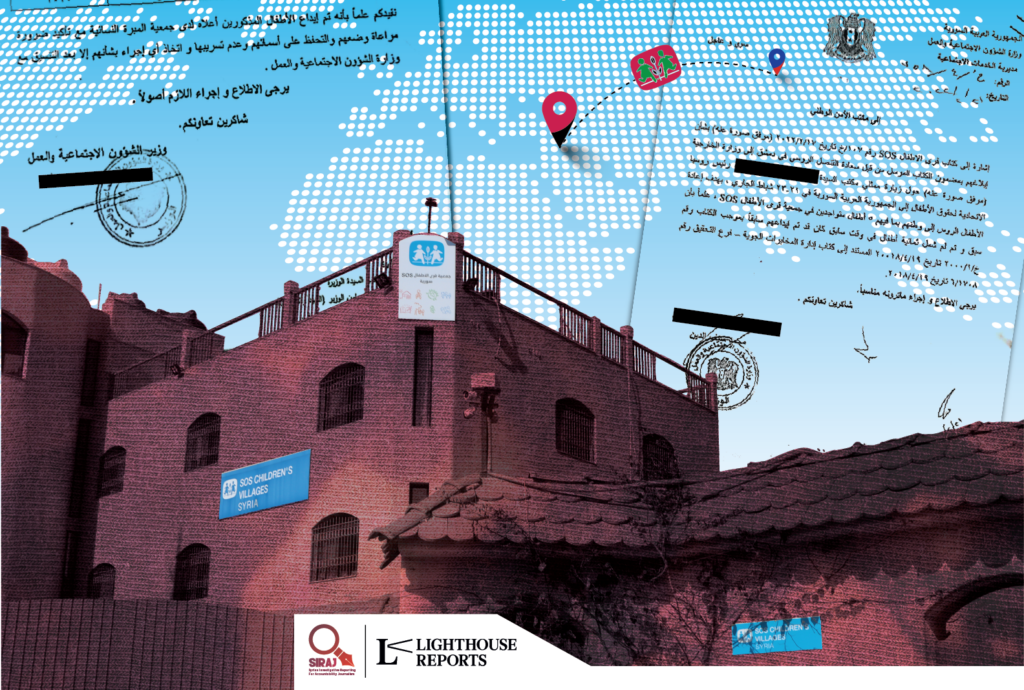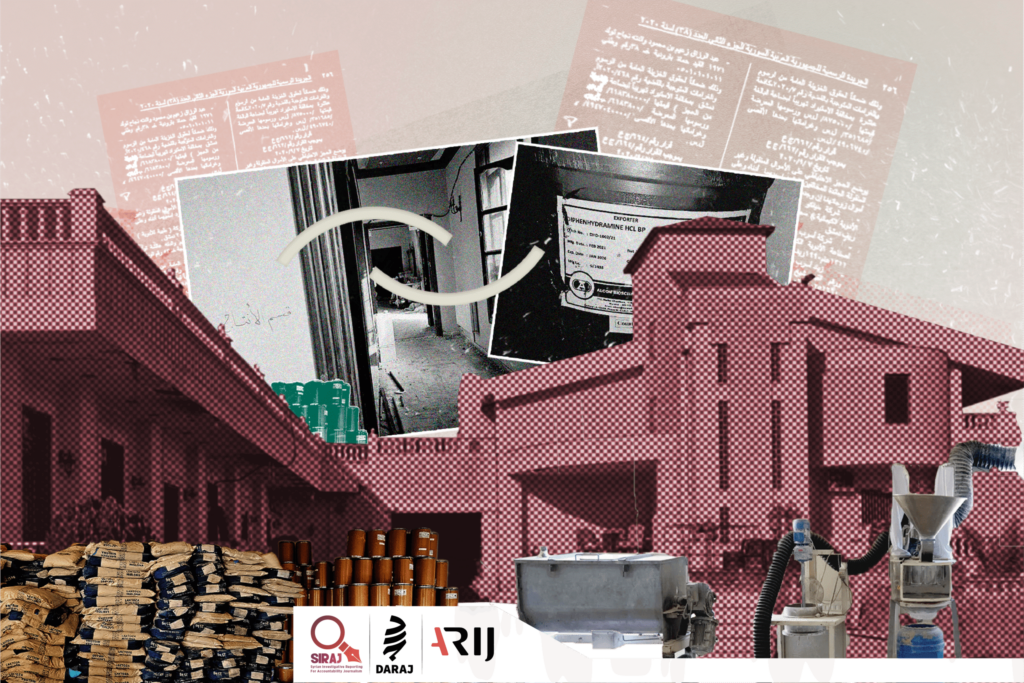Peak Oil for Gen Z: Seven Questions and Answers for a New Generation

Gen Z is a generation born into a world full of anxieties—from school shootings to climate Armageddon, to a pandemic and political violence. But I’m here to give you one more thing to worry about!
A high-stakes debate about the timing of peak oil has been simmering for decades. Although few of today’s Gen Z members know much about it, their lives will be impacted profoundly by the waning of the petroleum era.







